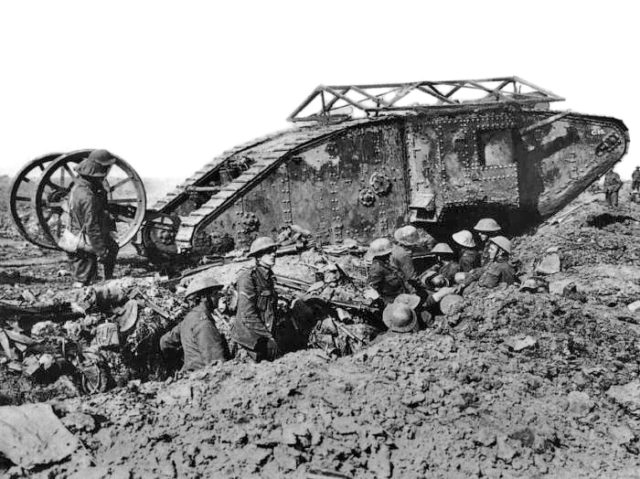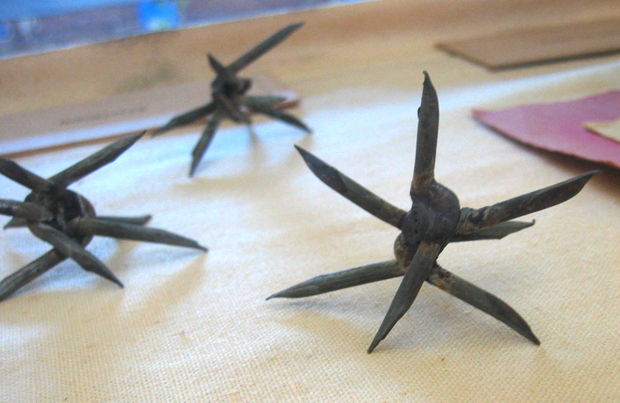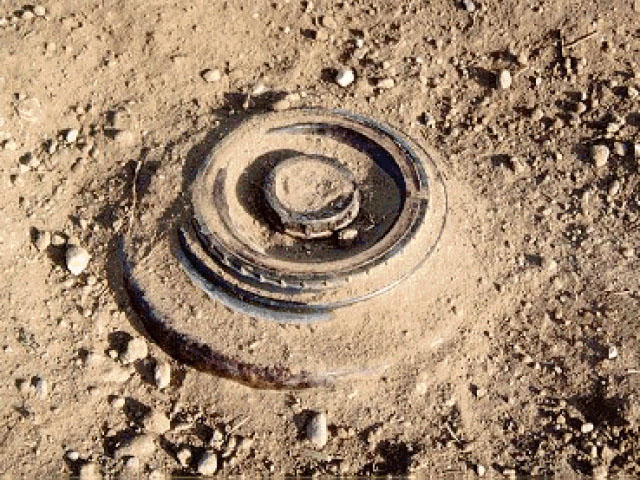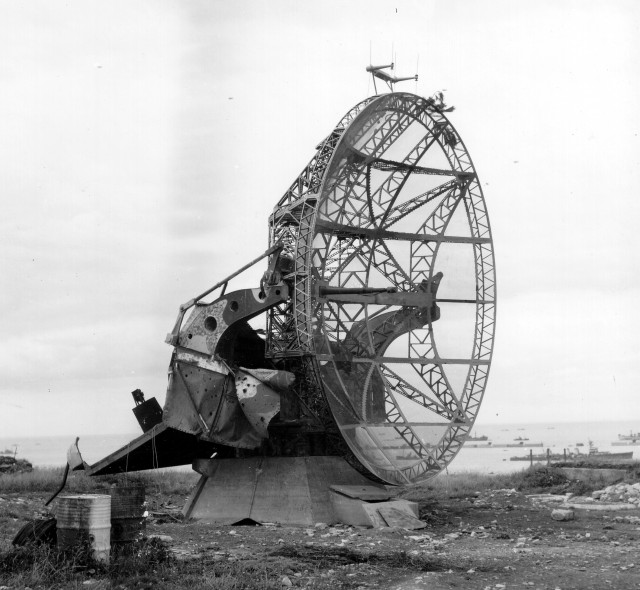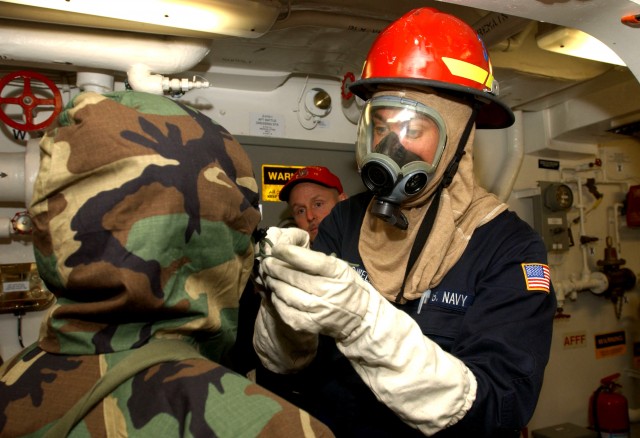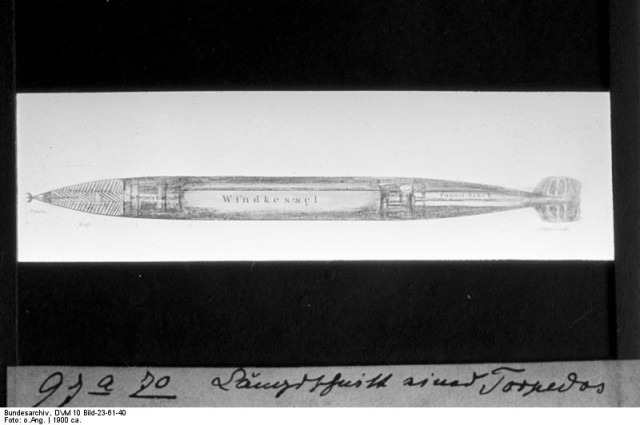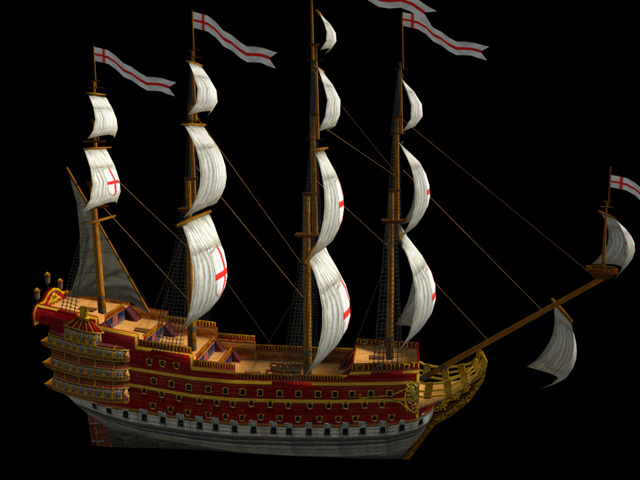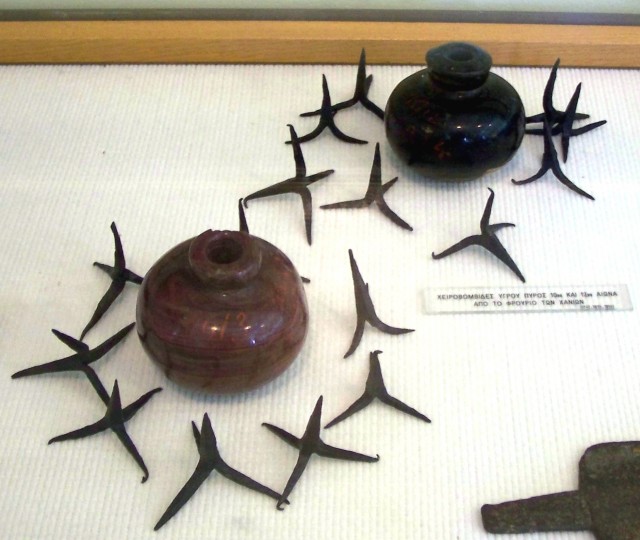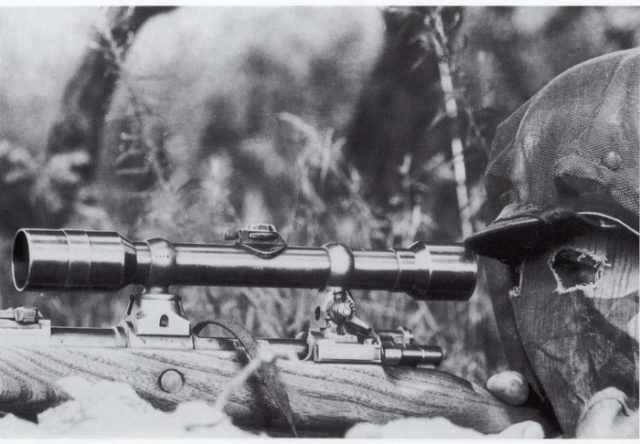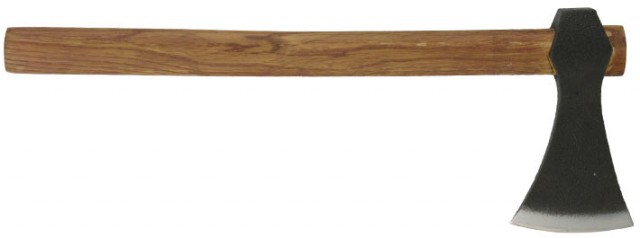
Some of our greatest research and development goes into creating better and more efficient ways of killing people. Things like microwaves, the Internet, and nuclear power can find their origins in military research conducted across the globe. With that in mind, here are ten technologies and their first uses in battle.
First use: September 15, 1916
WWI saw the first widespread use of trench warfare, a new style of battlefield which was really only effective at causing mass casualties. To combat this, the British developed the first tank, known as the Mark I, and sent it out during the fighting at Flers and Courcelette in France. Unfortunately, the prototypes were very unwieldy, extremely hot, and prone to mechanical breakdowns. (It took four men just to drive the tank.)
Extensive design improvements culminated in the Mark IV, a much more successful war machine, which was first used in the Battle of Cambrai in November 1917. Thanks to their success, tanks became a widespread factor in warfare from then on, playing a prominent role in helping soldiers get out of the trenches.
9. Caltrops
First use: October 1, 331 B.C.
Caltrops are two or more nails or spikes, twisted in a way so one end is always pointing upwards, with the other three ends forming a base. Referred to as “crow’s-feet” by the Macedonian author Polyaenus, caltrops were deployed by the Persian leader King Darius III during the Battle of Gaugamela. The Macedonian army of Alexander the Great was renowned for their horses and chariots and, even though the caltrops were highly successful, they still defeated the Persians and actually adopted the use of caltrops in later battles.
They were extremely beneficial to defending forces facing invaders on horseback, especially at the Chü-yung Kuan fortress which protected the Chin Empire from defeat against Genghis Khan and his Mongol horde. After staying outside for a month, Khan eventually moved on, fearful that the caltrops would lead to his defeat. However, the Chin Empire fell to another Mongol horde after Chinese civilians were forced to remove the caltrops, which had been strewn across a 30 square mile area around the fortress.
8. Land Mines
First use: 1277
In China, during the reign of the Song Dynasty, the scientists of the country experienced a revolution in innovation and technology. Among other things, they were the first government to issue paper money, institute retirement homes and even graveyards for the poor. They also created a number of new technological wartime weapons, like gunpowder or the land mine, which were designed to help them deal with the Mongol threat. It was in southern China that the “enormous bomb” was used for the first time.
Basically, cannon balls were filled with gunpowder, and they had long fuses which had to be lit at the right time so the land mines exploded when the enemy was near. However, in the outskirts of the country, the Chinese set up land mines which had triggers that would cause the explosions if the Mongols came by. These defenses allowed the Song Dynasty to last for more than 300 years.
7. Radar
First use: WWII (most likely in early 1940)
By the start of WWII, there were six countries which had independently developed radar systems: Britain, France, Germany, Russia, the U.S. and Switzerland. However, it was of the most benefit to the British, especially during the Battle of Britain. It’s believed that Hermann Göering, quoted as saying it was “doubtful whether there is any point in continuing attacks on radar sites,” was responsible for Germany losing because the British were able to discover the Nazi planes earlier than ever.
Much of the credit for their radar system should go to British physicist Robert Watson-Watt, who is often referred to as the “father of radar.” It was Watson-Watt who experimented on radar for the British, abandoning his previous post to the Air Ministry, where he was originally tasked to develop a weapon capable of defeating a supposed German “death ray,” a weapon which had been nothing but rumor up until that point.) His work resulted in the world’s first radar system, known in Britain as Chain Home, and it could detect aircraft reliably up to eight miles away.
6. Biological Diseases
First use: 1346
Using various forms of plant or animal life as weaponry has been around for millennia but the first recorded use of a disease as a tool for war comes to us from the Golden Horde, the Mongol army led by Jani Beg. He decided to attack Kaffa, the last Italian merchant city in Crimea, but his soldiers were afflicted by the outbreak of the Black Plague and they weredying in droves. Intent on taking the city, Beg ordered his men to round up the corpses and launch them over the walls of the city with catapults.
Eventually, a combination of the Italians successfully blockaded the nearby Mongol ports, and the deaths caused by disease among Beg’s men, forced him to negotiate peace. However, the Black Plague spread from Kaffa via the sailors who left the port and it ravaged Europe for years. This proved disease could be an effective tool in a siege or war. (The British army and the Americans were both guilty of spreading smallpox to devastate their enemies or indigenous populations.)
5. Torpedoes
First use: January 16, 1878
The earliest devices referred to as torpedoes were mines which were towed by a ship and attached to the hull, detonating using a timer. However, the first self-propelled torpedo was originally designed by an Austrian named Giovanni Luppis, who passed on his work to English engineer Robert Whitehead. The Englishman greatly improved the device and soon a number of countries were either buying or building their own. The rise of torpedoes saw the decline of underwater mines, which were seen as problematic because of the fact they’re too indiscriminate when exploding.
During the Russo-Turkish War, a Turkish boat called Intibah was destroyed by torpedoes, launched from a retrofitted Russian passenger ship named the Veliky Knyaz Konstantin. At the time, torpedoes were still unreliable and had to be launched very close to the opposing ships, greatly increasing the danger faced by the shooters. They were also extremely expensive, much more than a traditional shell with the same amount of explosives, but the potential reward was much higher.
4. Ship Armor
First use: 1592
Known to the Koreans who developed it as the Kobukson, the Turtle Ship was the first ship to use iron armor to help prevent it from being sunk. An older generation of this style of ship was developed as early as 1413 but the first to be used in battle were used to defend Korea from the Japanese invasion by Toyotomi Hideyoshi, the successor to Oda Nobunaga. Although they were successful, very few of them were actually put into service.
In addition to the iron plating, which some people believe is up for debate, the Turtle Ship also had iron spikes across the deck, designed to prevent boarding by enemy sailors. (This was common practice for the Japanese navy when attacking enemy ships.) One of the most recognizable features of the ship was the dragon’s head prominently displayed at the front.
3. Grenades
First use: 10th century
The first grenades which resemble those used in modern times were developed by the Chinese during the Song dynasty, utilizing their innovative new material called gunpowder. A ceramic or metal container was filled with gunpowder and a fuse was attached, allowing the grenade to be lit and then thrown. (Europeans didn’t develop grenades for another 500 to 600 years.) A number of different types of grenades were used by the Chinese, and they carefully guarded the “recipes.”
The Byzantine Empire developed a similar device a few hundred years earlier but there was no explosion; the container was filled with a substance known as Greek fire, which was extremely flammable.
2. Throwing Axe
First use: 5th century
Known as a francisca to the Romans who came across it while fighting the Franks, it was an axe which was hurled at the enemy in battle. Extremely sharp, the francisca was used at the start of battle, especially melee combat, as a means of breaking the enemy’s shield, as well as potentially harming them.
For over 400 years, they were a terrifyingly effective weapon and were very good at creating havoc on the battlefield, as the Franks would throw a volley of them at different heights, confusing the enemy. Because they were not extremely heavy, only weighing about two pounds, franciscas could be thrown from quite a distance, even up to 40 feet with accuracy.
1. Sniper Rifle
First use: 1915
As the accuracy and range of rifles increased dramatically since their inception, being able to see what you were shooting at became a problem. During WWI, the German army became the first to fit their rifles with scopes, attaching them to their Gewehr 98 guns. (Because of their accuracy, German snipers became renowned among the world.) Eventually, other countries took notice and began developing their own systems.
Schools popped up, especially in Britain, specifically built to help combat the threat of German snipers, who had free reign when it came to the battlefield, since no one else was using scoped weapons. Snipers as a group of shooter had existed since the Revolutionary War in America, but using lenses to magnify their target enabled snipers to become highly sought after soldiers.
source: http://www.toptenz.net/top-10-first-uses-technology-battle.php
.
